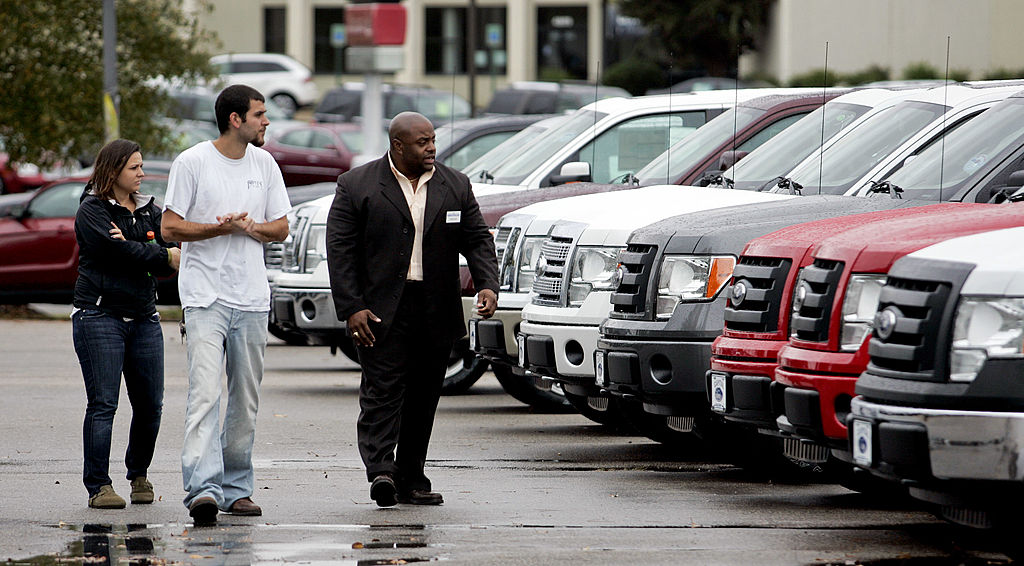
The Pros and Cons of Leasing a Vehicle
Financing a car is a pretty straightforward way to purchase a car. You take out a loan for the car and pay it back with interest. After the loan is paid, the car is yours. However, with leasing, you’re paying off the depreciation of the car for a short amount of time. Most car buyers are familiar with financing and owning a car, however not many understand that there are advantages to leasing. But of course, there are also disadvantages. Let’s take a look at them.
Advantages
One of the main advantages of leasing a car is that your monthly payments will be lower. You’re basically using the car for a shorter amount of time (typically 3 years) and paying for the amount of time that you’re using, kind of like renting a car. The payments are typically lower than a regular loan because you’re only paying for “part of” the entire selling price of the car, as opposed to all of it.
Here are some other advantages:
- You get to use the car for the “newest” part of its life
- You likely won’t have to deal with repairs
- The car will be covered under warranty for the duration of the lease
- Some manufacturers include free maintenance for leases
- You can write it off for business purposes
- You will get to drive a new car every 3 years if you choose to trade it in at lease end
Keep in mind that at the end of a lease, you can turn the car back in and walk away from it, trade it in for another model, sell it yourself, or buy it outright for the residual amount.

Disadvantages
There are some disadvantages to leasing as well. For starters, leases come with a mileage limit (typically 10,000 to 15,000 miles/year). If you turn in the car, then you’ll have to pay for any extra miles that you went over during the lease term (typically 10 cents to 50 cents/mile).
There are other disadvantages as well:
- Since you’re driving a new car, your insurance rate will be higher
- Terminating a lease early can mean a lot of fees and responsibility of the rest of the lease payments
- Leasing a car typically requires a good credit rating
- You’ll need to pay an acquisition fee upfront (about $400) and a disposition fee when you return the car. However, it can be waived if you trade the car for another one.
The main disadvantage of leasing is that if you keep trading for a new car at the end of every lease, then you’ll constantly be making payments and never actually own anything.

Leasing could work for you
Leasing could work for you if you can fit within the guidelines of a lease. If you don’t drive much and can stay under the mileage limitation, afford the insurance payment, and turn the car back in or trade it at lease end, then we say it’s fully worth it.
However, if you plan on keeping the car for more than 3 years, drive 20,000 miles per year or more, or if you don’t have good credit, then we recommend trying the financing route. It’s really just that simple.



